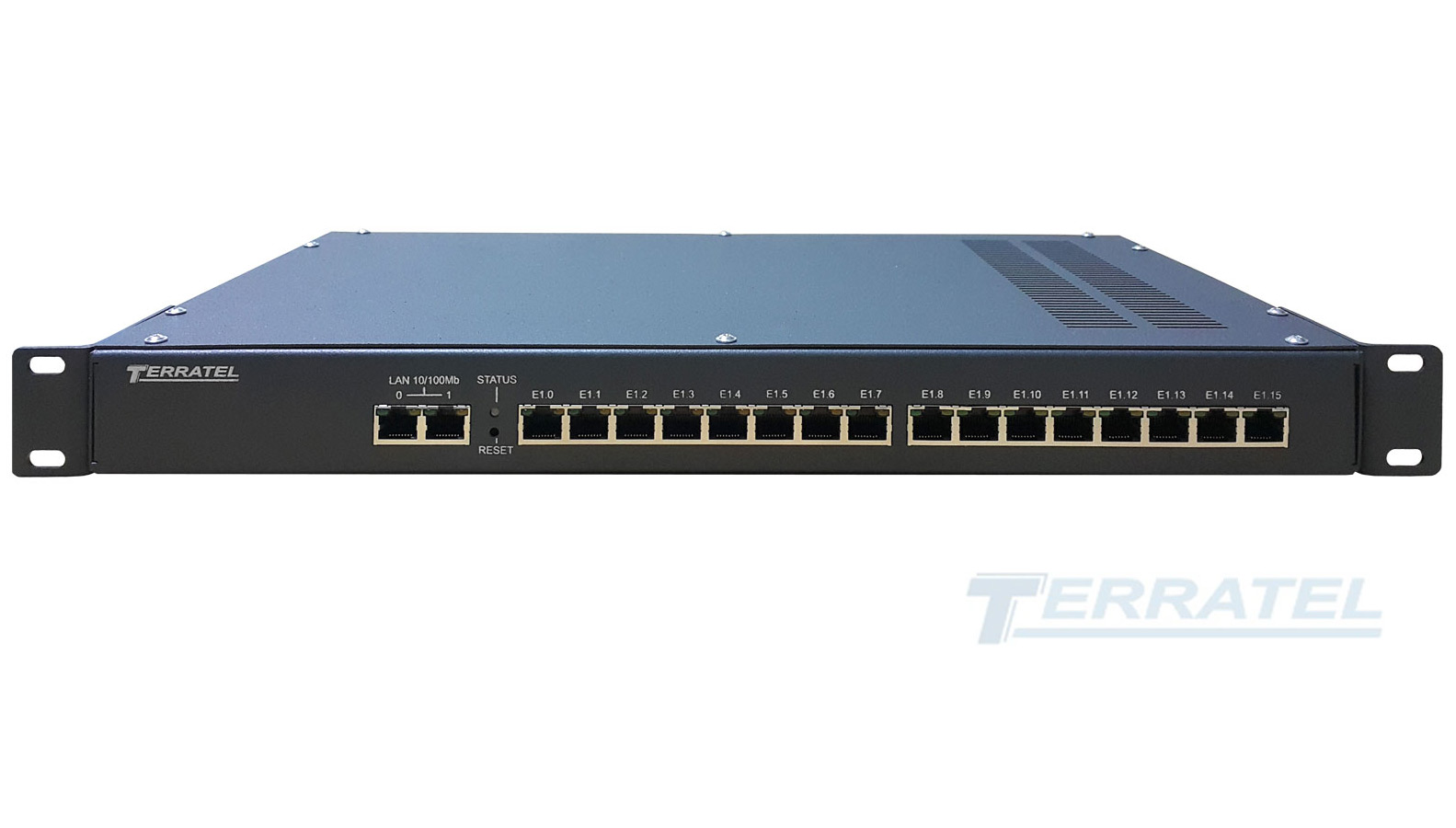Support of mode V5.2 LE and V5.2 AN
Features
- from 2 to 16 E1 interfaces
- SS7 (supporting subsystem MTP2, MTP3, ISUP)
- PRI (DSS1, QSIG, Q.931 protocols)
- V5.2, R2 MFC, R1.5
- SIP, hardware echo cancellation (option)
- full accessible commutation 16 E1
Overview
SIP to V5.2 Protocol Converter is the powerful tool used to interface the telecommunications equipment and provide its interaction using various signaling systems.

Pic 1. SIP to V5.2 Protocol Converter Connection Diagram.
Using signaling converters helps to optimize capital expenditures when upgrading the network and extend the lifetime of the existing systems.
Key Features, Signalings, Protocols and Interfaces
The signaling and PCM30 protocol converter provides:
- converting signaling protocols of PCM30 digital links
- creating semipermanent connections
- dividing E1 stream into channels
- converting the subscriber number when the connection is being established over the assigned masks
- visual monitoring of how system information flows in signal channels
- full-service switching of 16 PCM30 links
SIP to V5.2 Protocol Converter supports the following signaling protocols:
- SS7 (or Signaling System #7, CCS7 Common Channel Signaling System 7, C7, CCITT7, N7, Signalisierungssystem Nummer 7)
- ISDN PRI
- V5.2 LE
- V5.2 AN
- R2 MFC
- R1.5
- SIP (option)
Design and Management
Technically, the product is designed as a dedicated industrial controller based on the state-of-the-art telecommunications processor. The Signaling Converter is designed to be installed in a server closet 19″ rack with 1U height of the housing.
Monitoring and control (changing configuration, monitoring operation etc.) are performed locally (RS-232 interface, COM1 port) or over Ethernet (TCP/IP).
Monitoring the operation of the device and reporting of accidents is carried out using the SNMP protocol.
Electrical power supply
The power is supplied from the DC source operating within from -36V to 72V range or from the AC source operating within from -90V to 265V range.
AC/DC redundancy power supply support. Power redundancy can be provided by installing two power sources that are operated concurrently with various configurations: AC 220V+AC 220V, AC 220V+ DC 48V/ DC 60V or DC 48V/60V+DC48V/60V.
